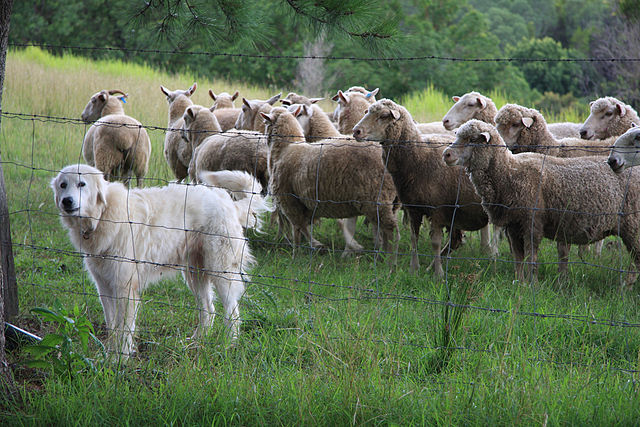Australia has set May 2028 as the final date for live sheep shipments by sea, to end animal welfare violations.
Agriculture minister Murray Watt stated on May 11, 2024 that legislating the ban this early will provide sheep farmers “certainty.”
To ensure certainty, the government is offering A$107 million ($71.40 million) to farmers to cope with the impending ban.
According to Watt, this 5-year transition package is a preparation measure that will enable stakeholders to make new plans.
Since the announcement, dissenting voices have been showing their disapproval, including a walk out from mid-May’s Croplife AG Industry breakfast.
According to Steven Bolt, director at advocacy body Livestock Collective, the ban will worsen the current sheep production decline. He says that Australia could lose A$500 million ($333.65 million) in 24 months as sheep and wool production decreases.
In its part, Australia’s government attributes its decision to widespread pressure after rampant cases of sheep mortality at sea. For instance in 2018, welfare groups decried the deaths of 2,400 sheep from excessive heat during shipping from Australia.
The most recent case was in January 2024 when Red Sea route’s insecurity delayed 14,000 sheep in sweltering heat, off Australia’s shores.
With the ever-increasing outcry by animal rights watchdogs over such incidents, the government therefore agreed to enforce a ban.
For now, farmers could test the feasibility of alternative shipping methods including the expensive but safe air means.
The decision comes at a time when live sheep exports by Australia have cumulatively fallen to 684,000 heads in 2023. This is in comparison with its peak in the early 2000s of 5 million heads a year.
1988 had the highest export figure at 7.1 million heads while 2019 had the most recent high at 1.1 million.
Australia is home to the world’s third biggest sheep flock after China, at 74.722 million heads in 2022. Sheep farming is a major industry of Western Australia and was worth A$1.35 billion ($900.72 million) in the 2021-22 period.
Ultimately, farmers could turn to the local lamb slaughter market for their live sheep sales. Since mid-April 2024, however, prices have been low with butchers reluctant to pay above A$100 ($66.73) per head for heavy animals.
